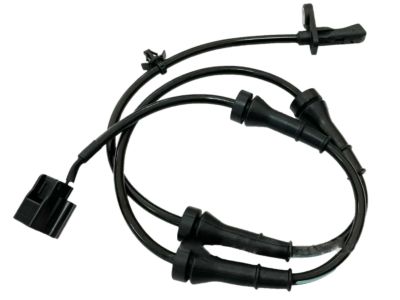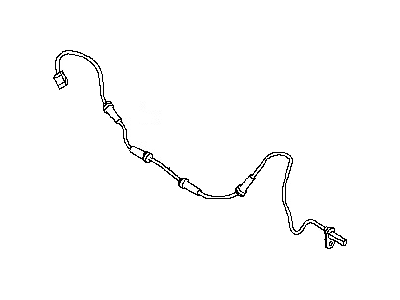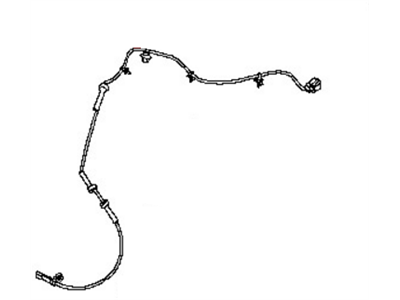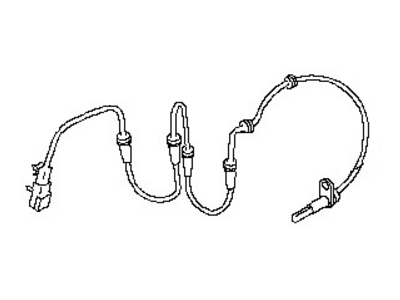×
- Hello
- Login or Register
- Quick Links
- Live Chat
- Track Order
- Parts Availability
- RMA
- Help Center
- Contact Us
- Shop for
- Nissan Parts
- Nissan Accessories

My Garage
My Account
Cart
Genuine Nissan Juke ABS Sensor
ABS Wheel Speed Sensor- Select Vehicle by Model
- Select Vehicle by VIN
Select Vehicle by Model
orMake
Model
Year
Select Vehicle by VIN
For the most accurate results, select vehicle by your VIN (Vehicle Identification Number).
4 ABS Sensors found

Nissan Juke Sensor Assembly Anti Ski, Rear
Part Number: 47900-1KA0B$208.33 MSRP: $308.48You Save: $100.15 (33%)Ships in 1-3 Business DaysNissan Juke Sensor Assembly Anti Ski, Rear
Part Number: 47901-1KA0A$200.38 MSRP: $296.70You Save: $96.32 (33%)Ships in 1-3 Business DaysNissan Juke Sensor Assembly-Anti SKID, Front
Part Number: 47910-1KA0A$198.42 MSRP: $293.80You Save: $95.38 (33%)Ships in 1-3 Business DaysNissan Juke Sensor Assembly Anti Ski, Rear
Part Number: 47900-1KA0A$191.94 MSRP: $284.22You Save: $92.28 (33%)Ships in 1-3 Business Days
Nissan Juke ABS Sensor
If you need any OEM Nissan Juke ABS Sensor, feel free to choose them out of our huge selection of genuine Nissan Juke ABS Sensor. All our parts are offered at unbeatable prices and are supported by the manufacturer's warranty. In addition, we offer quick shipping to have your parts delivered to your door step in a matter of days.
Nissan Juke ABS Sensor Parts Questions & Experts Answers
- Q: How do you remove and replace an ABS sensor on a vehicle, ensuring proper reinstallation and functionality on Nissan Juke?A:ABS is a standard fitment on the models in discussion and utilizes a fail-safe system and this means that conventional brakes will always work even if the ABS system fails. The system inhibits wheel locking by adjusting hydraulic pressure in the brake circuits; the anti-lock operation of a vehicle manages the braking force at each of the wheels by means of sensors that detect the speeds of rotation of the wheels. When a fault happens, testing is possible only with professional tools that can be found at a Nissan dealer, and owners should not attempt to use basic workshop tools for diagnosing complicated ABS problems. Before replacing the component, it is necessary to safely raise the body of the vehicle and to untighten the nut of fastening of the roadwheel, which is necessary for a given component. Front wheel speed sensors are installed on the rear side of each wheel hub carrier; whereas rear sensors are fitted on the inner face of the hub/stub axle assembly. Remove the front wheel arch liner while to get the access to the front sensor connector, follow and cut the wires from the support brackets to the sensor. The last step is to take out the retaining bolt to unlock the sensor, use of penetrating fluid may be necessary at this stage. Refitting requires that the mating surfaces should be free from dirt and grease, application of anti-seize compound as well as tightening the retaining bolt to a certain torque. The hydraulic modulator is located on the passenger's side of the front side of the car; turn off the car's battery, unscrew some screws to release fluids and remove the air cleaner. This is done, by removing the wiring plug connecting to the modulator, identifying and removing the brake pipes, as well as taking off the modulator and the supporting bracket. To refit place the modulator onto the mounting bracket and tight the bolts, and finally bleed the brake system.







